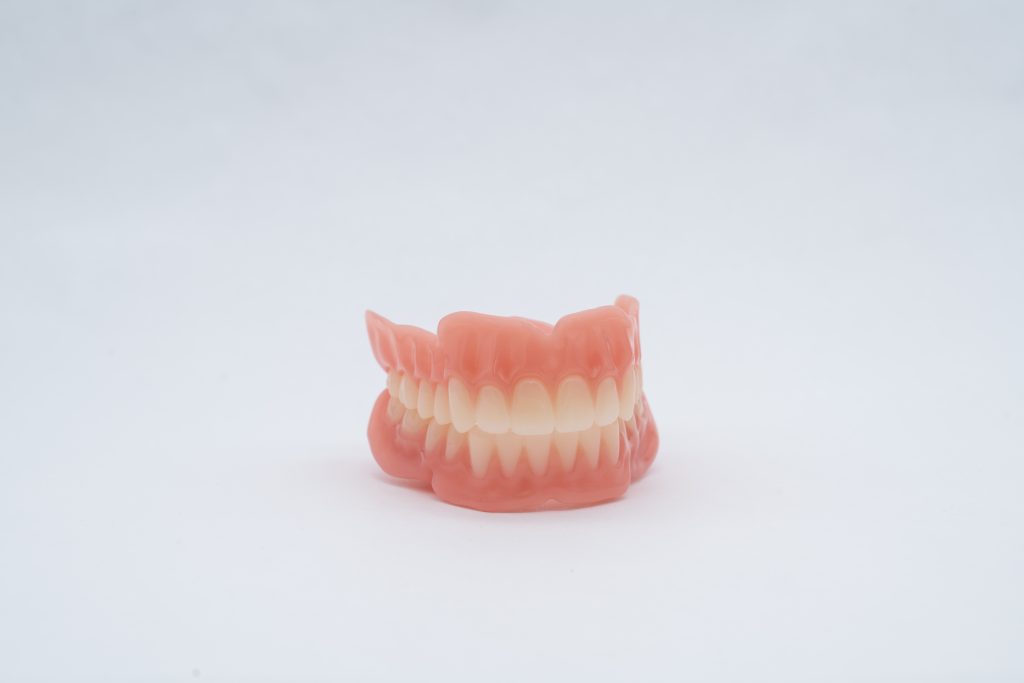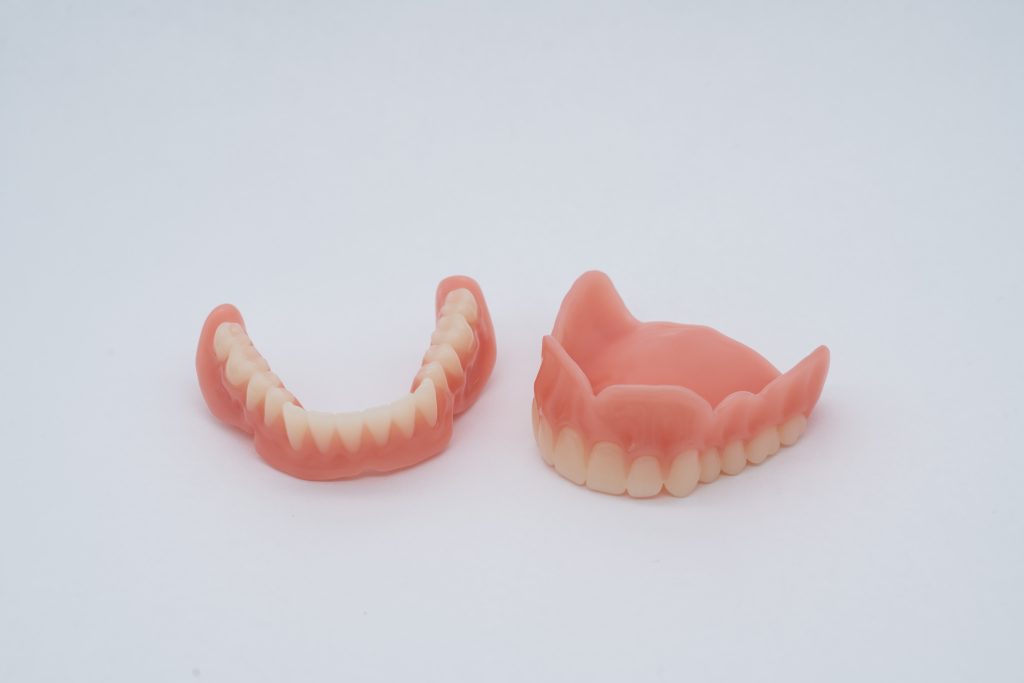US-based 3D printer manufacturer 3D Systems has launched its new multi-material 3D printed denture offering. This is being advertised as the industry’s first solution for multi-material, jetted, and monolithic (one-piece) 3D printed dentures.
The new denture solution utilizes the firm’s NextDent Jet Denture Teeth and NextDent Jet Denture Base materials to provide customers with durable, long-wear, and aesthetically accurate denture prosthetics. The company claims that this material combination enables the production of wear- and stain-resistant teeth, and gums with exceptional break resistance.
Through this launch, 3D Systems hopes to expand its addressable dental market, with denture demand expected to exceed $2 billion by 2028.
In an interview with 3D Printing Industry, 3D Systems CEO Chuck Stapleton outlined the company’s strategy for advancing 3D printed dental products into mainstream production. This included a focus on exploiting “previously underutilized technologies such as jetting” to enable new applications.
This new offering has already received interest from within the dental industry, having been previewed to select customers over recent months. Glidewell, said to be the world’s largest producer of restorative dental devices, will implement the new denture solution this year.
“As a long-time 3D Systems customer, Glidewell continues to be impressed by the company’s leadership in digital dentistry. The capabilities presented by the new jetted denture solution are unmatched in the industry,” commented Glidewell CEO Stephenie Goddard.
“The combination of 3D Systems’ high-speed printing technology and its unique materials deliver dentures with superior durability and aesthetics. I’m looking forward to our implementation of this solution later this year, and the benefits it will deliver not only for our business but for our customers and their patients.”
3D Systems expects to receive 510(k) clearance from the United States Food and Drug Administration (FDA) for its new 3D printed denture solution in the second half of 2024.

3D Systems’ new 3D printed denture offering
3D Systems acquired NextDent back in 2017. This move was highlighted as being a significant milestone for 3D Systems by Stapleton, propelling the company firmly into the dental sector with enriched dental resources.
Central to 3D Systems’ new 3D printed denture solution is its proprietary NextDent Jet Denture Teeth and NextDent Jet Denture Base materials. The former is said to be uniquely formulated to accurately mimic tooth rigidity and aesthetics, while the base material is optimized to absorb impact.
When used in conjunction with the company’s monolithic dental jetting technology, NextDent materials reportedly allow dental labs to produce high-quality 3D printed dentures which possess high break resistance, an important customer need.
Manufacturing on Demand
Additionally, Stapleton claims that 3D Systems’ monolithic denture solution is optimized for high-volume production. The combination of 3D System’s high-speed jetting technology with its monolithic denture 3D printing capabilities significantly accelerates denture production times, the company claims.
“With each innovation to our digital dentistry portfolio, 3D Systems has been able to help our customers transform the devices they deliver, and how clinicians deliver patient care. As we announce our jetted denture solution today, I’m proud that we are once again delivering a truly unique offering to the market,” stated Stapleton.
“We’ve combined innovation in materials and 3D printing, with software, post-processing, and applications expertise into our monolithic jetted denture solution, designed for high-volume production with unparalleled accuracy, repeatability, and lower total cost of operation.”
Looking to the future, Stapleton anticipates that this new 3D printed denture offering will “change the trajectory of denture production.”

3D printing capitalizes on growing dental market
In a recent survey on 3D printing trends to look out for in 2024, 3D printing experts pointed to the growing adoption of additive manufacturing within the dental industry. Notably, 3D printing was highlighted as moving from the indirect production of molds to the direct production of dental devices and appliances.
The production of end-use, 3D printed dentures is certainly one area of growth within the dental industry. Earlier this month Desktop Health, the healthcare business unit of Massachusetts-based industrial 3D printer manufacturer Desktop Metal (DM), announced a new formulation of its Flexcera resin for 3D printing gums for dentures.
Called Flexcera Base Ultra+, the 3D printable, light-curable resin is said to be 50% stronger than its predecessors and 70% more resistant to deformation than ISO standards.
A nano-ceramic composite resin, the new formulation enables the production of denture gingiva with 2.5 mm wall thickness and 1 mm socket thickness. The material’s improved flexural strength is also said to allow for improved durability and a better fit.
Elsewhere, Austrian ceramic 3D printing company Lithoz has presented the next development stage of its lithium disilicate material for dental 3D printing. Showcased at LMT Lab Day Chicago 2024 earlier this month, the new material has been developed with dental solutions manufacturer Ivoclar, and is based on the company’s IPS e.max lithium disilicate powder.
Lithoz claims that its new material allows for patient-specific, natural-looking all-ceramic dental restorations to be 3D printed with its Lithography-based Ceramic Manufacturing (LCM) 3D printing process.
Optimized for serial production, the lithium disilicate material can reportedly be used with LCM technology to 3D up to 50 individual restorations in a single run. According to Lithoz, up to 350 restorations can be 3D printed per day on a single Lithoz CeraFab System S65 Medical 3D printer.
You might also like:
Desktop Health launches new Flexcera Base Ultra+ dental resin, 70% more durable than industry standards: Called Flexcera Base Ultra+, the 3D printable, light-curable resin is reportedly 50% stronger than its predecessors, with 70% greater resistance to deformation than ISO standards.
* This article is reprinted from 3D Printing Industry. If you are involved in infringement, please contact us to delete it.
Author: Alex Tyrer-Jones

Leave A Comment